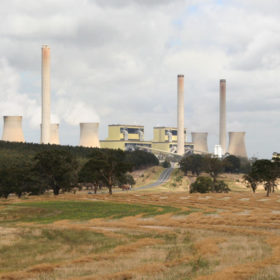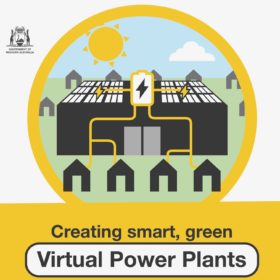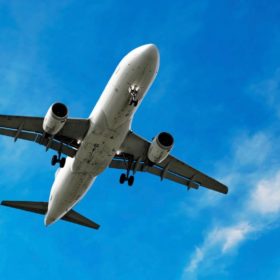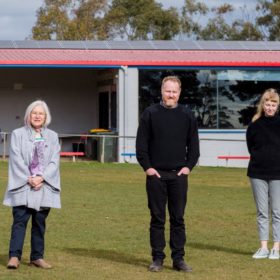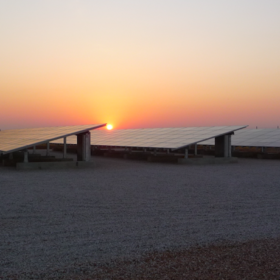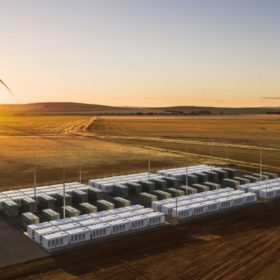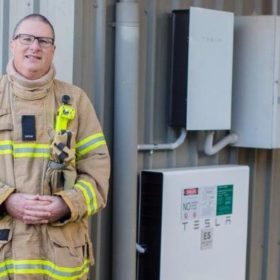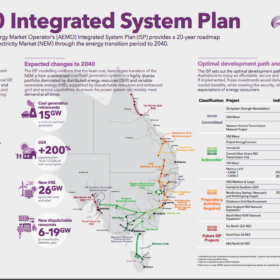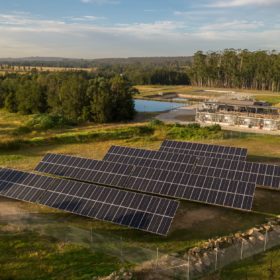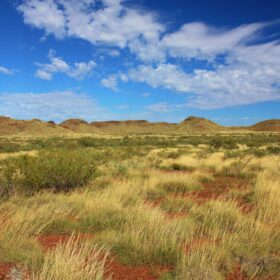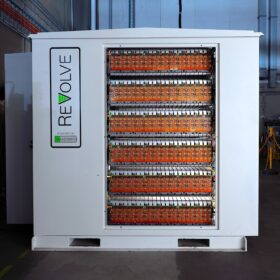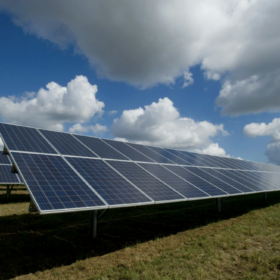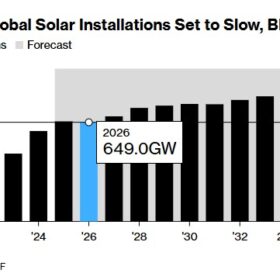Shareholders call on AGL to accelerate coal station closures
The Australasian Centre for Corporate Responsibility (ACCA), a shareholder advocacy group, has filed a Shareholder Resolution to AGL Energy calling for the expedited closure of its Bayswater and Loy Yang A coal-fired power stations. ACCA says that AGL’s own modelling contradicts both its climate commitment and its fiduciary responsibility.
CEFC takes stock of the future, backs Australian Climate Transition Index
The Clean Energy Finance Corporation is set to become the cornerstone investor in a BNP Paribas’ issuance $140 million in new Australian green bonds through its Australian Climate Transition Index, an index for investors to parse the companies that will survive and thrive into a decarbonised future from those who will decay and die.
Kalgoorlie high school set to be first in Schools VPP pilot project
The Schools Virtual Power Plant pilot project, part of the WA Government’s $66.3 million investment in solar and batteries in its WA Recovery Plan from the impacts of Covid-19, will see ten schools transformed into VPPs. The two year trial is expected to bring reduced electricity bills to schools, improved grid stability, and increased solar uptake in the local community.
CSIRO report shows flightpath to hydrogen fuelled commercial aviation
With the disruption of Covid-19 highlighting the climatic impact of the aviation industry, a recent report from the CSIRO funded by Boeing shows that hydrogen fuel’s technological momentum could see clean hydrogen used in airports by as early as 2025, and a full transition from conventional jet fuel by 2050.
How solar is securing rural bushfire ‘last resorts’
The Hepburn Recreation Reserve has been recently fitted out with a solar installation accompanied by a Tesla Powerwall 2. The combined system is not only a great result for the local sports clubs, it also helps Hepburn Shire on its way to 100% renewables, and what is more, also secures the important facility as a ‘last resort’ for the community during a bushfire.
Solar dreaming in Broome, WA Recovery Plan for Kimberley revealed
The Kimberley Recovery Plan spells out in regional focus the renewable energy investments heading to the Kimberley from the Western Australian Government’s $5.5 billion WA Recovery Plan. The Kimberley region is set for an injection of funds to help fortify a sustainable renewable energy sector, particularly for the uptake of residential rooftop solar and energy storage systems.
Hornsdale posts big first-half revenue for Neoen, solar remains consistent despite poor conditions
Neoen’s Hornsdale Power Reserve has gone to work in the first half of 2020, virtually tripling the French renewables developer’s storage revenue on comparative 2019 levels. However, this growth was largely caused by a one-off event, and a slower Q2 highlights the need for FCAS policy renewal. Neoen’s Australian solar revenues could also achieve little more than consistency thanks to poor conditions.
Tesla battery protects Malmsbury Fire Station from power outages
Malmsbury Fire Station in Victoria has been generously donated a Tesla Powerwall 2 battery, a gift that allows the Malmsbury Fire Brigade to remain operational and vigilant despite power outages.
AEMO’s 2020 ISP: A roadmap to the world’s fastest energy transition
If it was designed with a focus on reliability, security and the lowest cost for consumers, Australia’s main electricity grid would see periods in which nearly 90% of demand is met by renewable generation. A diverse portfolio of distributed energy resources and large-scale solar and wind generation supported mainly by pumped hydro and batteries would ensure the least-cost transition as the nation’s coal plants retire. Adequate investment in transmission infrastructure will be instrumental in making this a reality.
NSW Govt to invest $15m in Hunter Water solar uptake
NSW State Government-owned water and sewage utility Hunter Water is set to join a now surging river of water utilities around Australia investing strongly in the uptake of solar PV. The announcement came with the completion of a 100 kW system at Branxton Wastewater Treatment Works.
